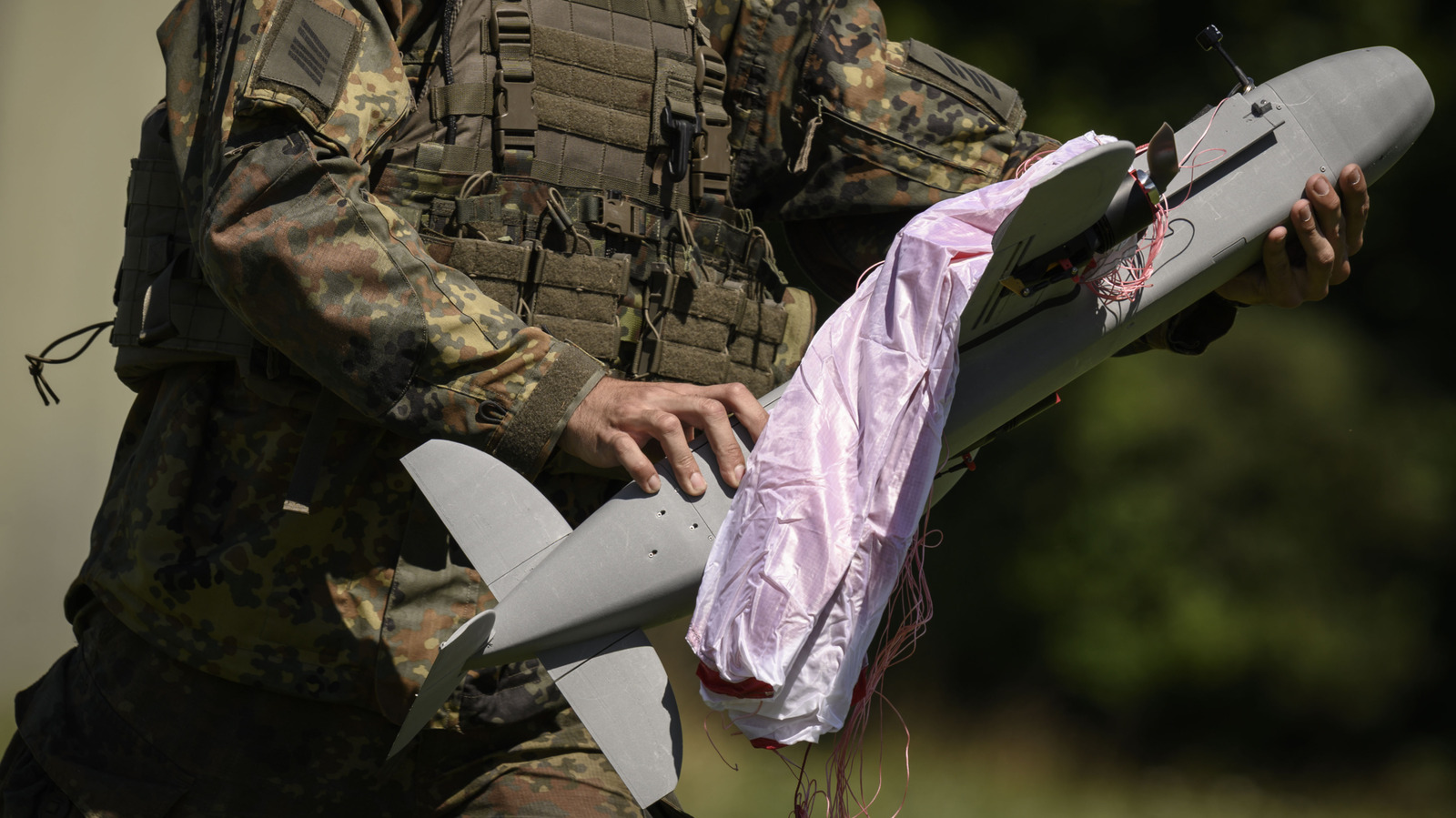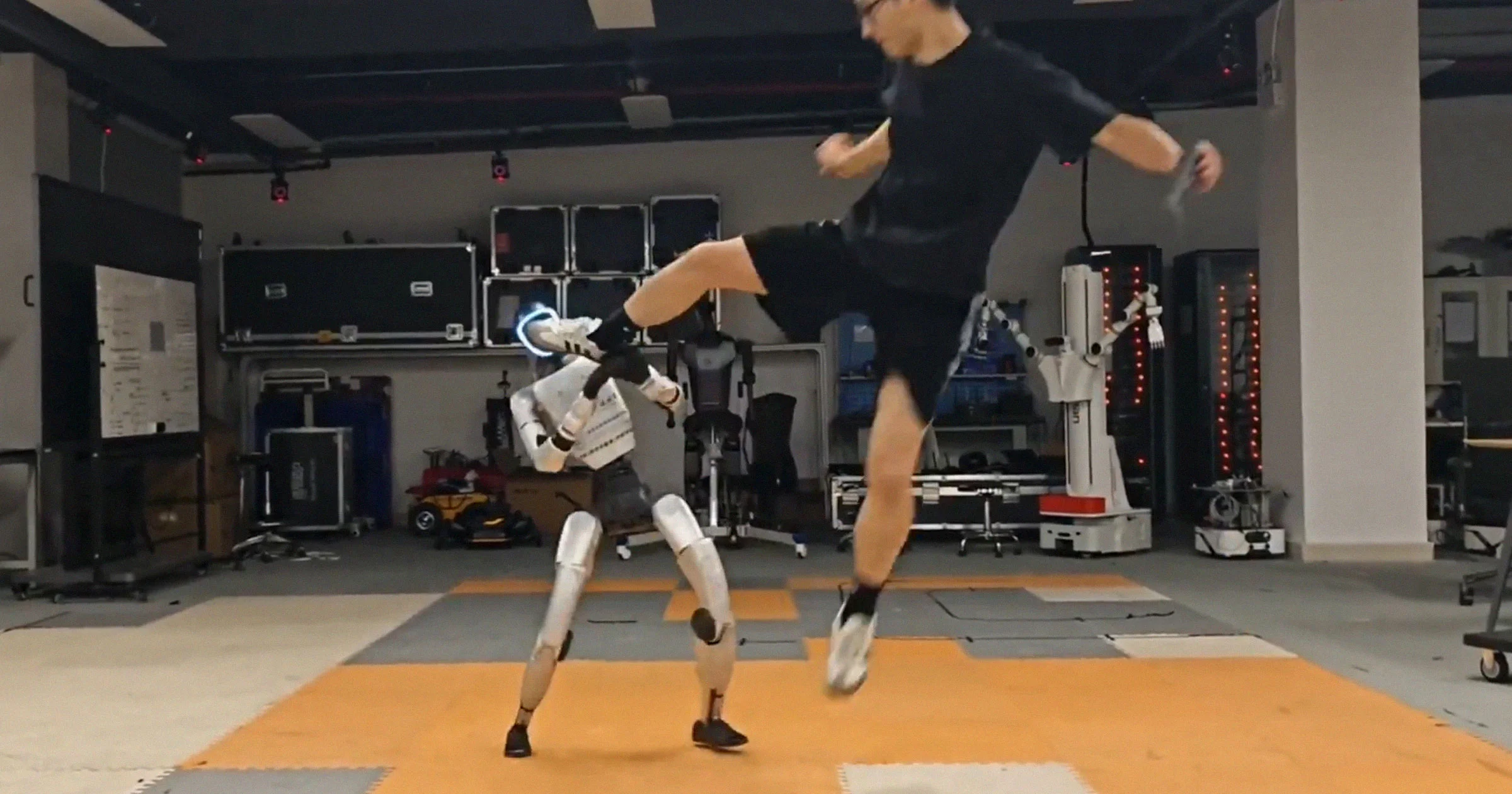By Nicholas Werner
Copyright jalopnik

Russia, of course, is moving to respond. For one thing, it is developing its own interceptor drones to deal with Ukraine’s attacks onto its turf. These appear to be mostly in R&D for now, but expect them to start getting off assembly lines and into the air soon enough. For another, Russia has begun using more complex maneuvering in its Shahed flights, making a simple ramming more difficult. What’s more, Russia is poking at the idea of making jet-propelled Shaheds, which would be so fast that no interceptor could catch it.
That last one, though, comes at a cost. Literally. The whole point of using Shahed kamikazes instead of guided missiles is that they are cheaper. If Russia starts collapsing the distinction between the two, then that probably also brings the price closer together, invalidating the whole point. Again, there’s going to be a lot of iteration in this area in the near future.
But interceptor drones are only going to ramp up, and fast. Ukrainian President Volodymyr Zelensky wants his country to produce 1,000 of them per day. The UK government is stepping in to help, promising to send this new technology into mass production specifically for Ukraine’s benefit. Defense companies across the West are coming out with their own products. Three years in, this war is still changing the face of warfare.



